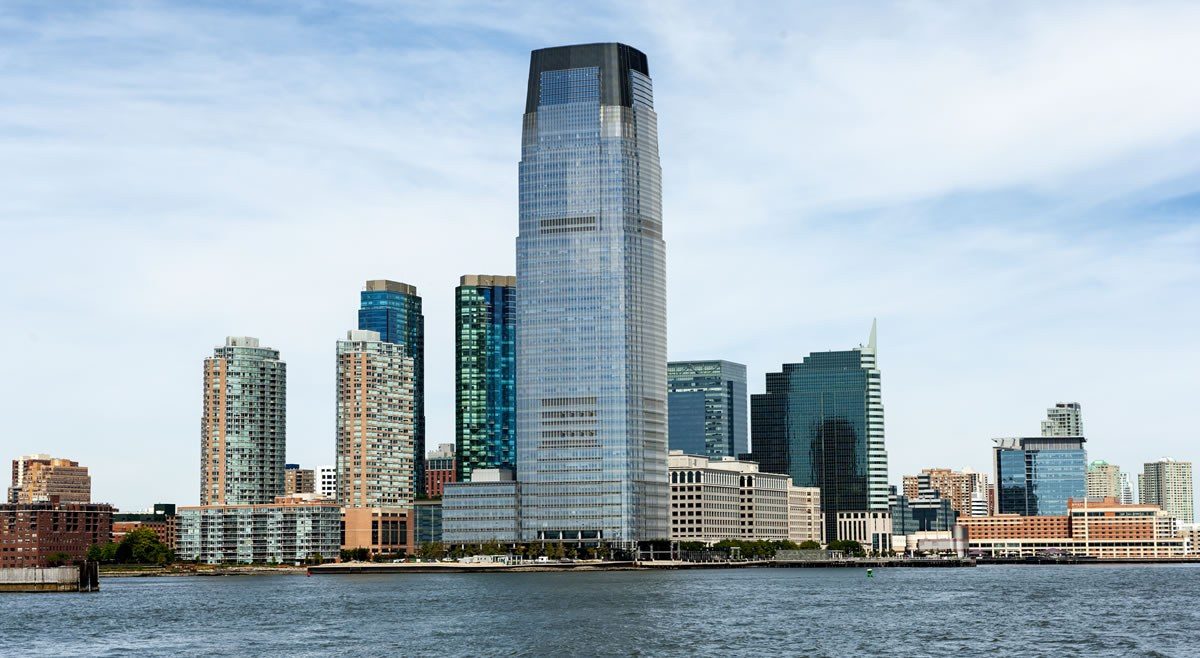In New Jersey, any portion of a building can be classified into a use group that is specific to the activity in that space or floor, which may differ from the overall use of the building. Occupancy classification can create restrictions or additional requirements on a space’s fire protection or construction type, including limits on a building’s overall height and area.
If the use of a space is not the same as the adjacent spaces, it will be classified as one of three conditions:
- Accessory
- Nonseparated
- Separated
Accessory. Accessory occupancy is classified as a space that is ancillary to the main occupancy. Under this designation, a separate use can be included without required separation, or calculated to the overall building, so long as it (and all other accessory spaces) remains less than 10% of the aggregate building area. The main occupancy is then used to calculate building area/height and classification. An example of this would be an office with a storage area. As long as the storage area is not a hazardous storage and within the 10% limitation, the spaces are not required to have any separation.
Nonseparated. If the space exceeds 10%, but is still considered to be used with other occupancies, it can fall into the category of a nonseparated occupancy. Under a nonseparated occupancy, both occupancies must comply with the stricter of any pertinent codes and restrictions. Using the same example as above, this could include a large storage area or warehouse with an office portion. Neither is considered accessory to the other, even though they are related. In this case, if one of the two were required to have sprinklers, the requirement would then apply to both. Separation would not be required.
Separated. In a third scenario, the two can be separated occupancies. Under this scenario, a separation would be provided, but the two uses would act independently. Therefore, if the business required sprinklers, but the storage space did not, only the areas requiring them would comply. The two spaces would still be calculated as a whole in terms of building area and construction classification.
Areas Requiring Separation
Despite the aforementioned conditions, certain types of spaces require separation. Such spaces are referred to in the International Building Code (IBC) 2009 as “Incidental Accessory Occupancies.” Examples include fire pump rooms, incinerator rooms and similar rooms containing large equipment, as specified in the code.
All alterations or new buildings with mixed-use occupancies should be reviewed by a code consultant to confirm compliance.
If you have questions or comments on this topic, contact the New Jersey office of Milrose Consultants.








